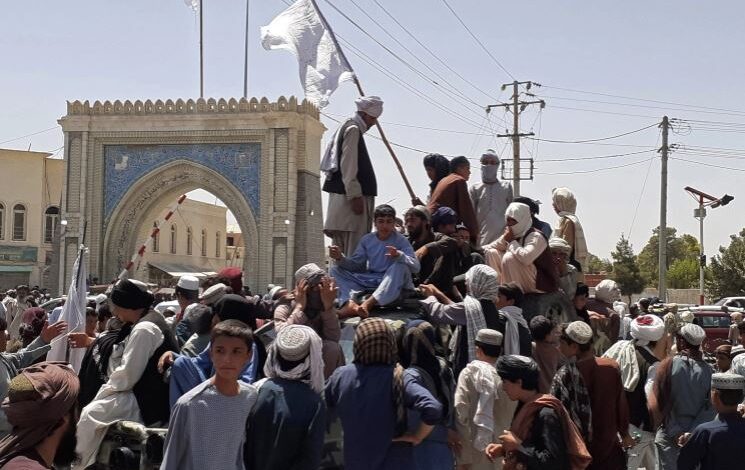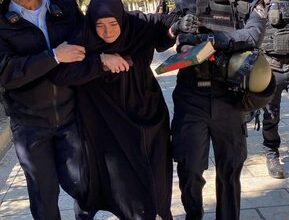Afghanistan: As Taliban attacks continue, people rush to Kabul
The capital, Mazar-i-Sharif and Jalalabad remain the only major cities still under government control as the Taliban encircles Kabul.

Kabul, Afghanistan – For weeks the Taliban has been moving towards the city of Mazar-i-Sharif, the biggest city in the north of Afghanistan.
With last week’s captures of Herat and Kandahar, Mazar, Jalalabad and Kabul remain the only major cities still under government control as the Taliban heads closer to the capital itself.
For people in Mazar, though, the fear first reached a fever pitch when the Taliban launched attacks on the district of Dehdadi late last week. Only 11km (seven miles) from Mazar, the district is also home to the 209th Shaheen Corps, a 30,000-strong force meant to protect 114 districts across 10 provinces.
Although the armed group’s attack failed, it still caused major alarm for residents of one of Afghanistan’s economic and cultural hubs.
Abdul Wahab was on a business trip from Kabul when the news broke. He was immediately told to leave his well-guarded $77 a night hotel and stay in the homes of friends.
“The rich and powerful go there, of course, it will be targeted,” his friends urged.
He spent last Tuesday night with his friends and then realised he had to get home to Kabul, in case the airport closed. Before its fall, the airport in the Western city of Herat was closed for several days as fighting reached the road leading to it.
By the following morning, thousands of others had the same idea. Not only did one-way ticket prices double to $150, but there were no tickets for several days. Luckily, Wahab had friends at a travel agency and was able to secure himself a ticket.
Before he could head to the airport though, he ran into another hurdle, finding cash to pay for the flight.
“The ATMs were all out of money, the banks were full of hundreds of people lining up trying to take out as much money as they could,” Wahab said after returning to Kabul. Again, he had to turn to friends to borrow the money for the ticket until he could reach the capital.
When he arrived at Maulana Jalaluddin Balkhi International Airport, though, it became evident that having a ticket was not a guarantee one could board a plane. He, and others who were trying to fly out at the height of the panic, described an overcrowded airport, teeming with clusters of hundreds of people at each step from the entrance to the security checks to the check-in desks and the departures terminal.
People rush to the airport
Ava was at the airport with her mother, father and brother. The crowds were so large and the waiting halls so congested, the 21-year-old started to have panic attacks.
“It was hot and crowded. Everyone was shuffling around, I couldn’t breathe,” she said from her sister’s home in Kabul. For Ava, her small frame and youth made it even more difficult to manoeuvre around the throngs of people.
Both Wahab and Ava recalled crowds of angry people trying to muscle through lines and concession stands.
“There was nothing left in the food stalls, people were there for hours trying to get food or water.”
For Wahab, that meant waiting eight hours as his 4pm flight was changed and delayed until finally they left after midnight. The midnight flight itself was a special accommodation for the fact that there were back-to-back hourly flights, each one just as full as the other.
The crowds were so large that dozens of people, even after having secured a boarding pass, were not able to get on their flight because they were unable to make it through the final security check before being allowed into the departures terminal.
“There was such a rush on security that they couldn’t check everyone, so people kept missing their flights even with their boarding passes in hand,” said Wahab.




